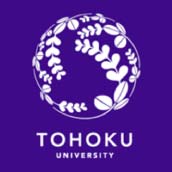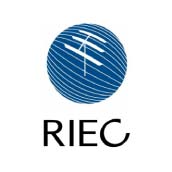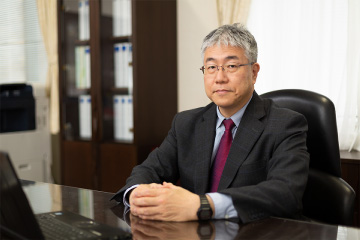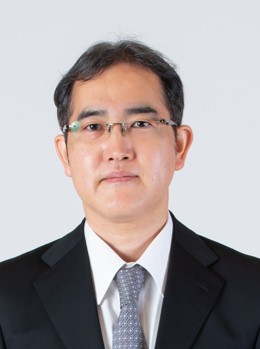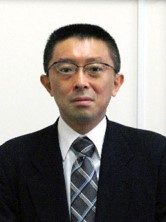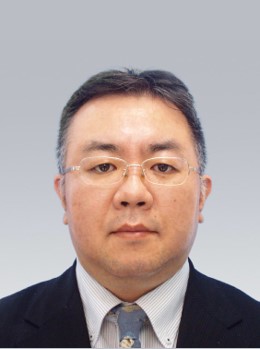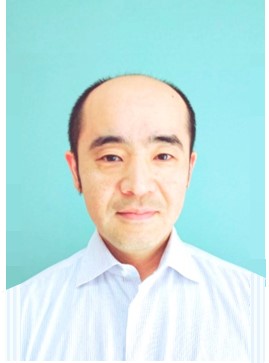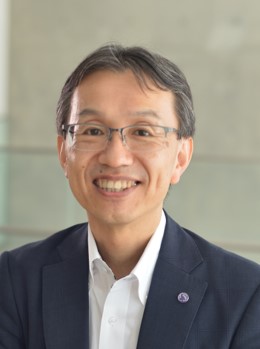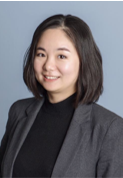FY2024 RIEC
Annual Meeting
on Cooperative
Research Projects
Compass for Next-Gen ICT
~Journey to Explore New Possibilities
with Diverse Intelligence~
February 14 [FRI] 2025
10:00-18:40
Hybrid Event
(On-site & Online)
Tohoku University RIEC Main Building
[ Oral Session ] 6F Conference Room
[ Poster Session ] 1F Hall
[ Reception ] 1F (Reception fee required)
